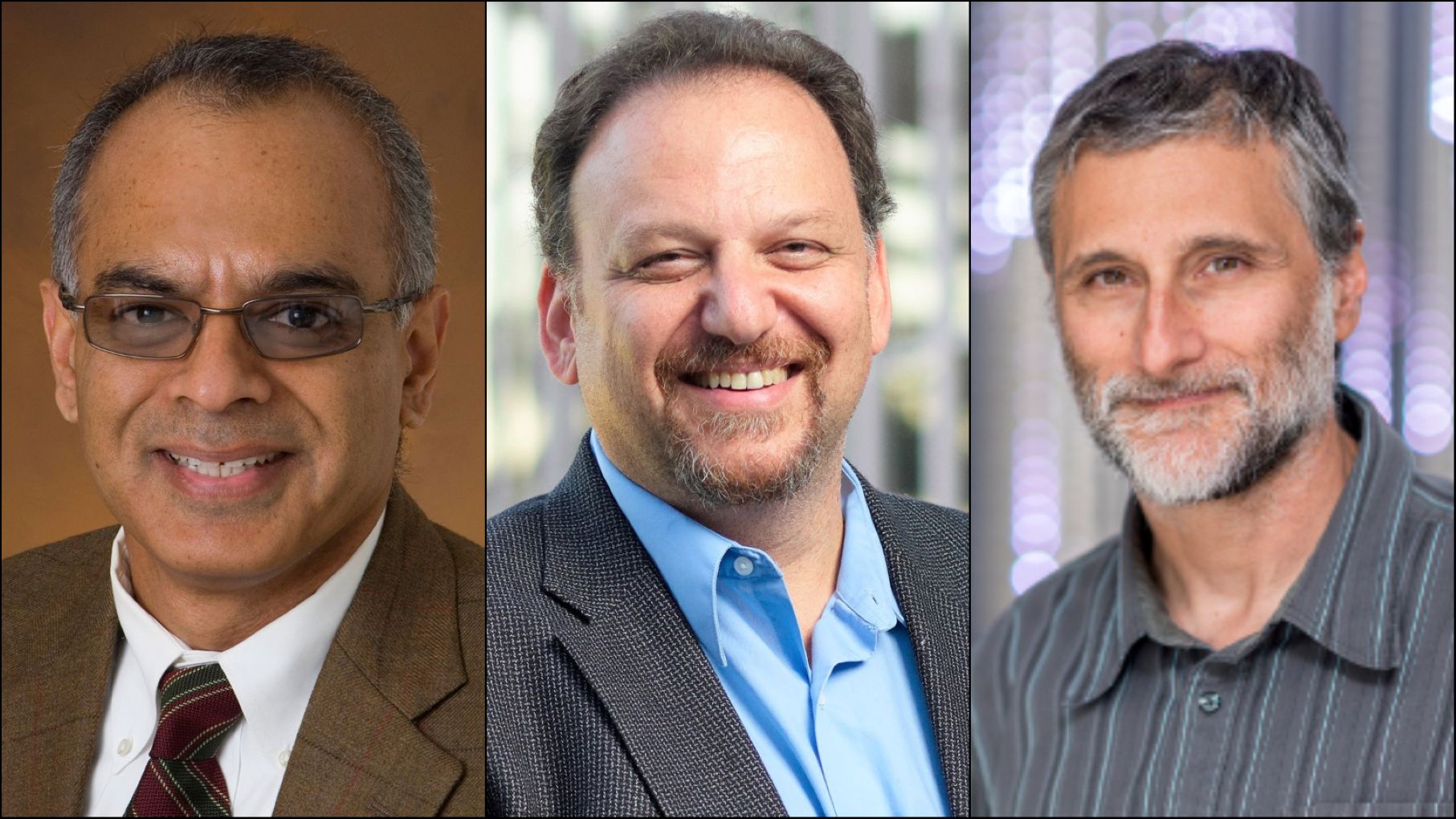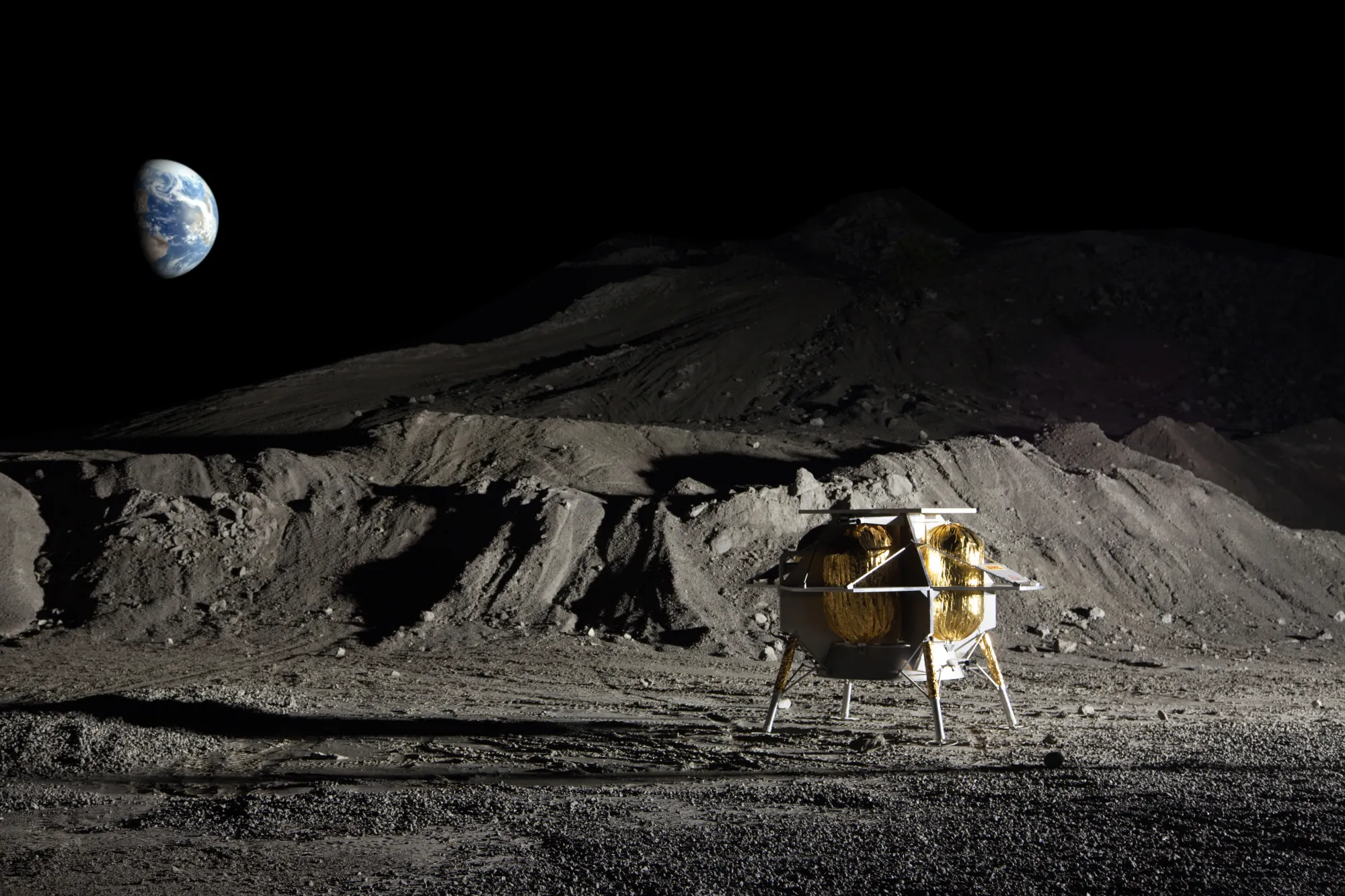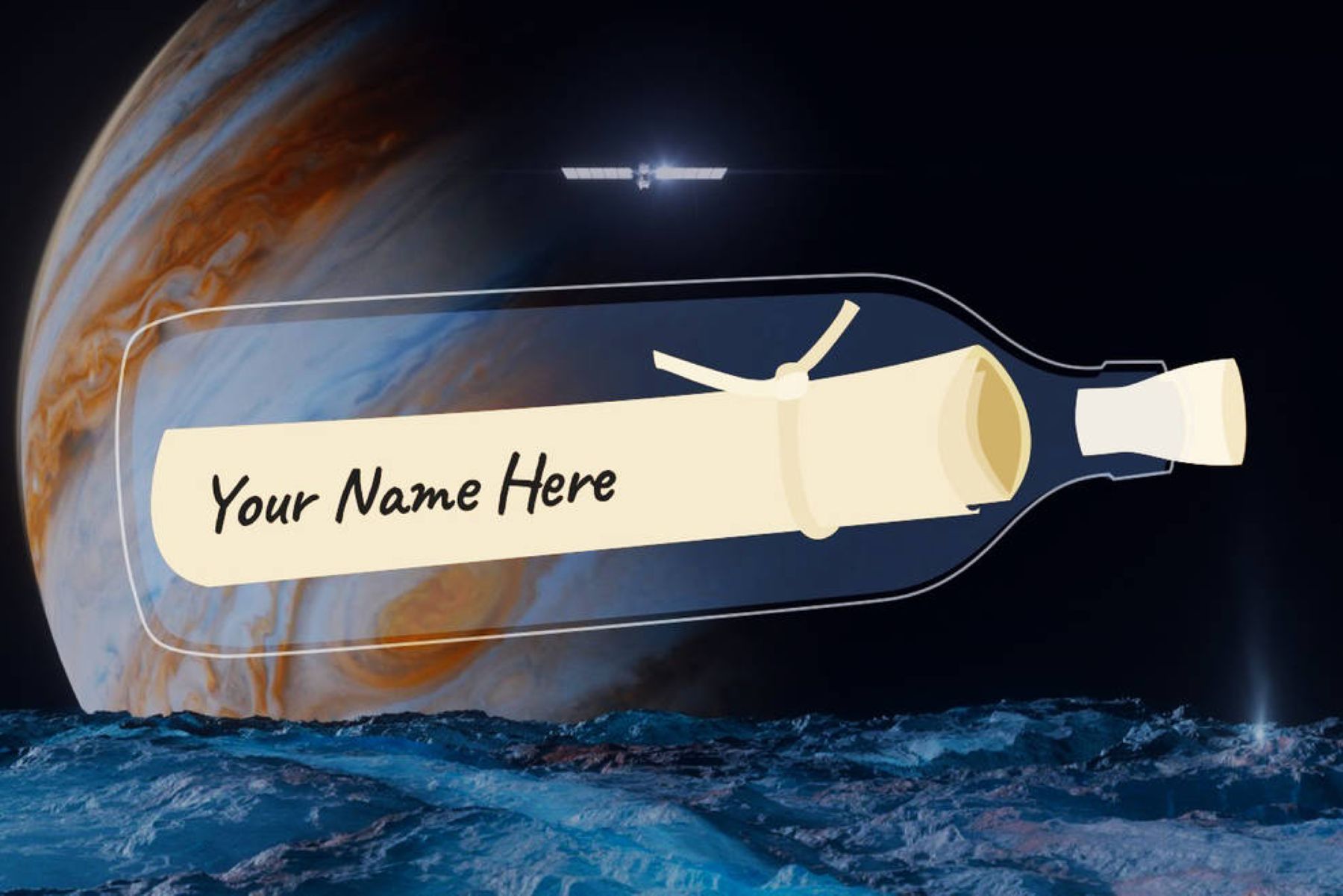NASA’s Jet Propulsion Laboratory Announces 3 Personnel Appointments

The staff changes tap into a deep well of talent and experience across JPL as the laboratory looks to the future.
NASA’s Jet Propulsion Laboratory is pleased to announce three key staff appointments, naming Keyur Patel the associate director for Flight Projects and Mission Success, Howard Eisen chief engineer, and Todd Gaier director for Astronomy and Physics.
Associate Director for Flight Projects and Mission Success
As associate director for Flight Projects and Mission Success, Keyur Patel oversees the implementation and operations of all JPL flight missions. (JPL currently manages more than three dozen flying missions and science instruments to study Earth, our solar system, and beyond.) He succeeds Leslie Livesay, who became JPL’s deputy director in March.
Since beginning at JPL in 1985, Patel has served as director for Astronomy and Physics, deputy director for Planetary Science, director for the Interplanetary Network Directorate, deputy director for Solar System Exploration, and deputy director for the Office of Safety and Mission Success. He has led flight projects as project manager for the Dawn mission, deputy project manager and chief engineer for Deep Impact, and flight engineering office manager for the Spitzer Space Telescope. Patel holds master’s and bachelor’s degrees in aerospace engineering from California State Polytechnic University, Pomona.
JPL Chief Engineer
Howard Eisen, who for the past year has served as the deputy associate director for Flight Projects and Mission Success, has assumed the role of chief engineer while continuing with his deputy associate director duties. He takes over the role from Rob Manning, who will remain in the Office of the Chief Engineer, applying his decades of experience and institutional knowledge in service of missions and projects across the laboratory. Manning will work with Eisen as he transitions into his new role.
A JPL Fellow, Eisen has over 36 years of experience at JPL in technical and leadership roles. He previously served as chief engineer for the Planetary Science Directorate, deputy project manager for the Asteroid Redirect Robotic Mission, flight system manager for the Mars 2020/Perseverance Mars rover and Mars Reconnaissance Orbiter, project manager for the International Space Station Rapid Scatterometer mission, and deputy flight system manager for the Mars Science Laboratory/Curiosity Mars rover. He holds a master’s degree in aerospace systems and bachelor’s degrees in astronautics/avionics and physics from Massachusetts Institute of Technology, as well as a master’s in business administration from the University of Redlands.
Director for Astronomy and Physics
Todd Gaier becomes director of Astronomy and Physics after previously serving as its deputy director and chief technologist. He was also co-investigator and project manager for the Temporal Experiment for Storms and Tropical Systems Demonstration (TEMPEST-D). He joined JPL in 1996, leading a group that developed technologies and instruments using monolithic microwave integrated circuit components. His group supported projects that include the Planck Low Frequency Instrument, the advanced microwave radiometers for the Jason-2 and -3 missions, the integrated receivers for the Juno microwave radiometers, and the Compact Ocean Wind Vector Radiometer (COWVR). He holds a doctorate in physics from the University of California, Santa Barbara and a bachelor’s in physics from Tufts University.
Gaier is a JPL Fellow and a senior research scientist. He is the recipient of NASA’s Exceptional Public Achievement and Outstanding Public Leadership medals.
About JPL
A division of Caltech in Pasadena, California, JPL began in 1936 and ultimately built and helped launch America’s first satellite, Explorer 1, in 1958. By the end of that year, Congress established NASA, and JPL became a part of the agency. Since then, JPL has managed such historic deep space missions as Voyager, Galileo, Cassini, and a continuous fleet of landers, orbiters, and rovers at Mars since 1997. JPL managed the Spitzer Space Telescope and built the Wide Field and Planetary Camera 2 for Hubble as well as the Mid-Infrared instrument (MIRI) on the James Webb Space Telescope. Around our home planet, JPL has over two dozen spacecraft and instruments studying our atmosphere, climate change, sea level, and more.





